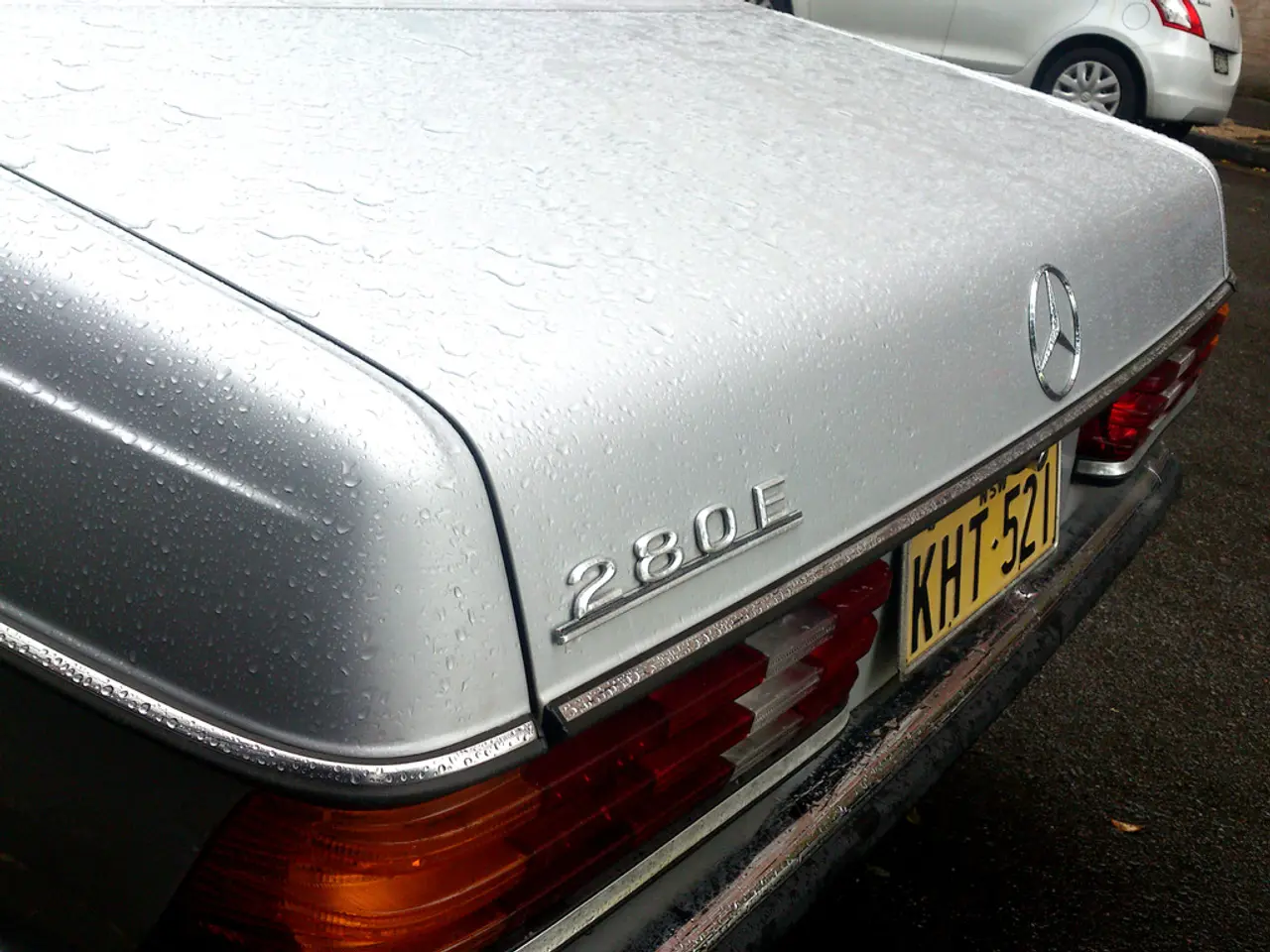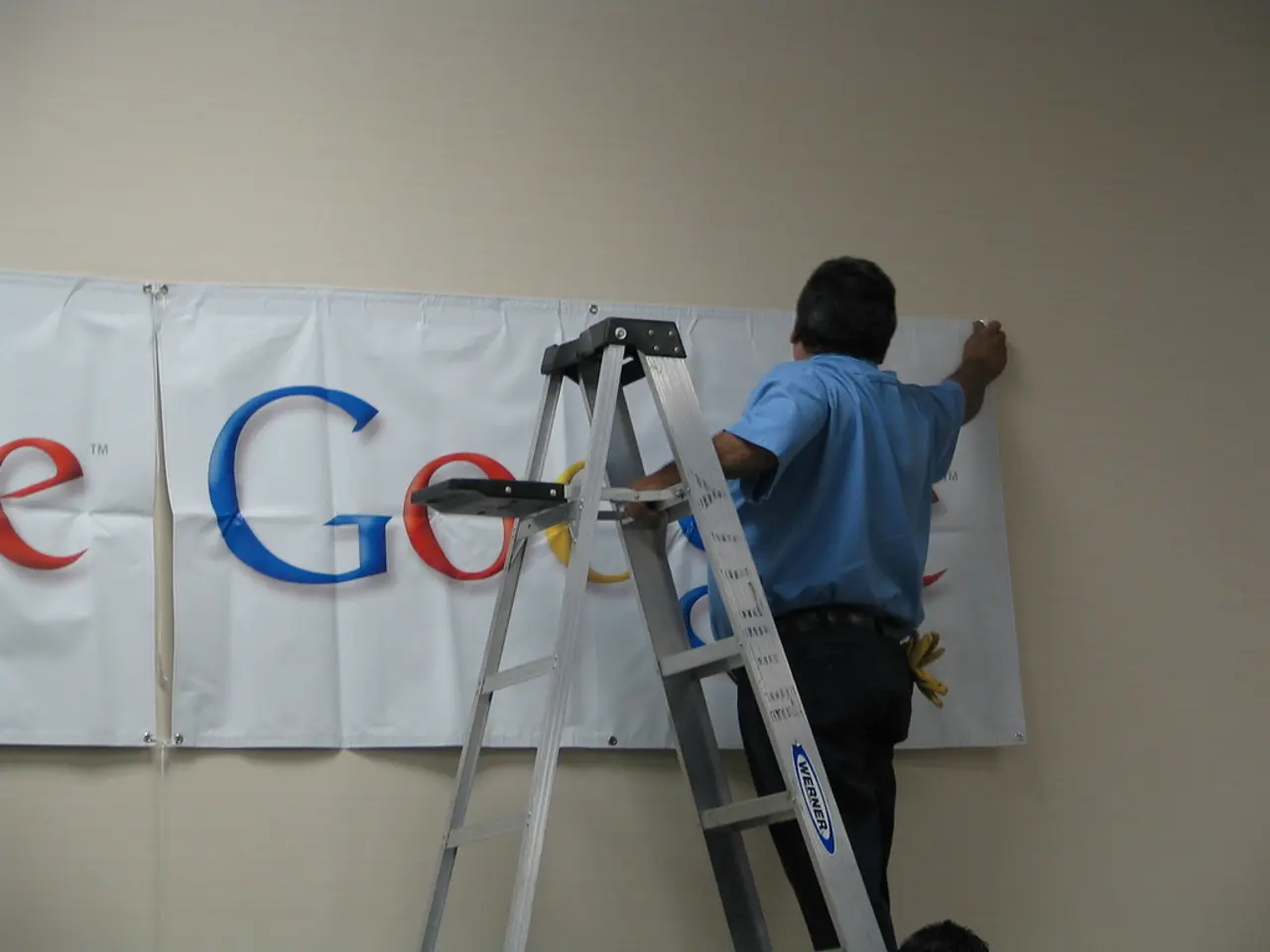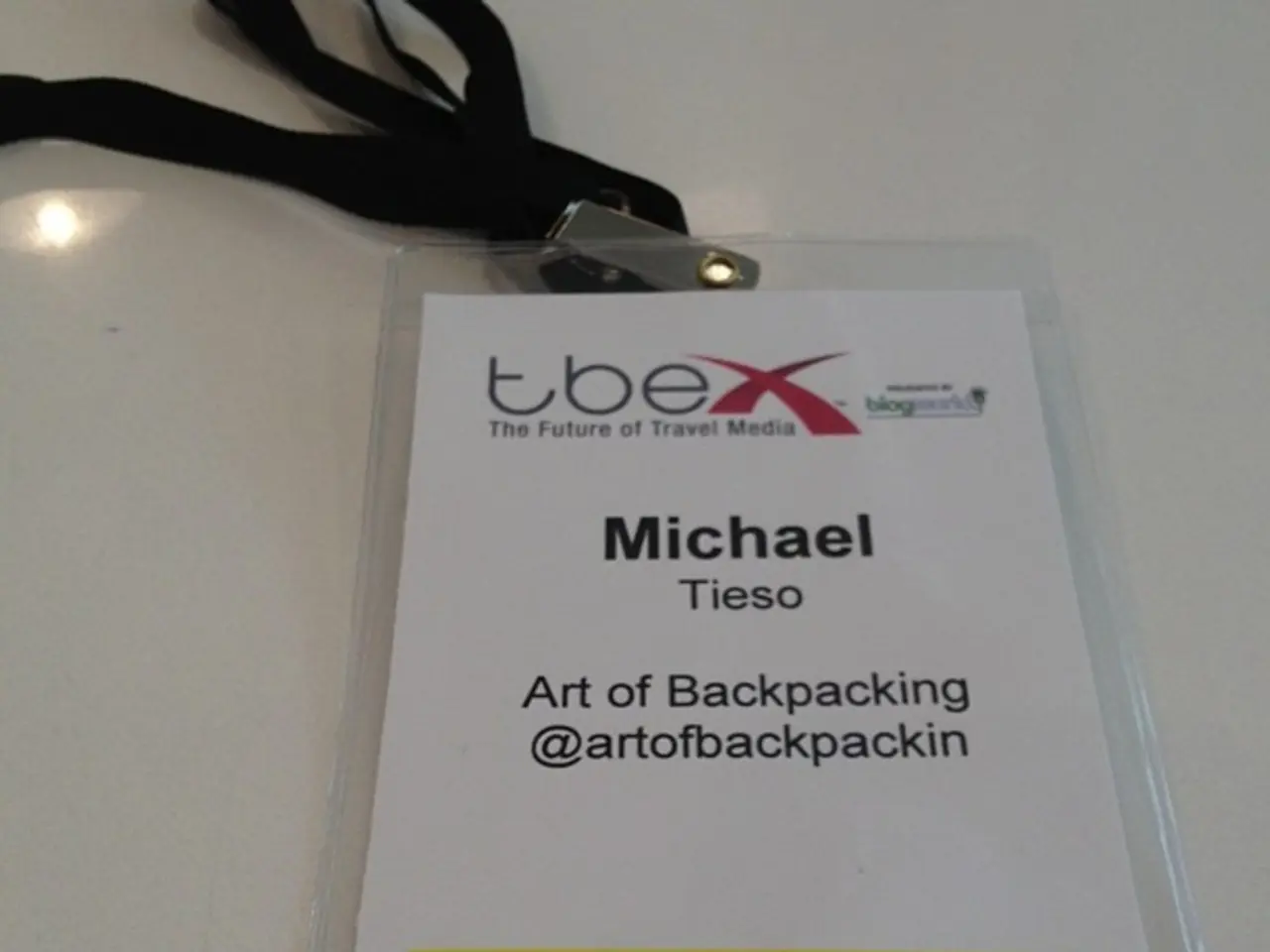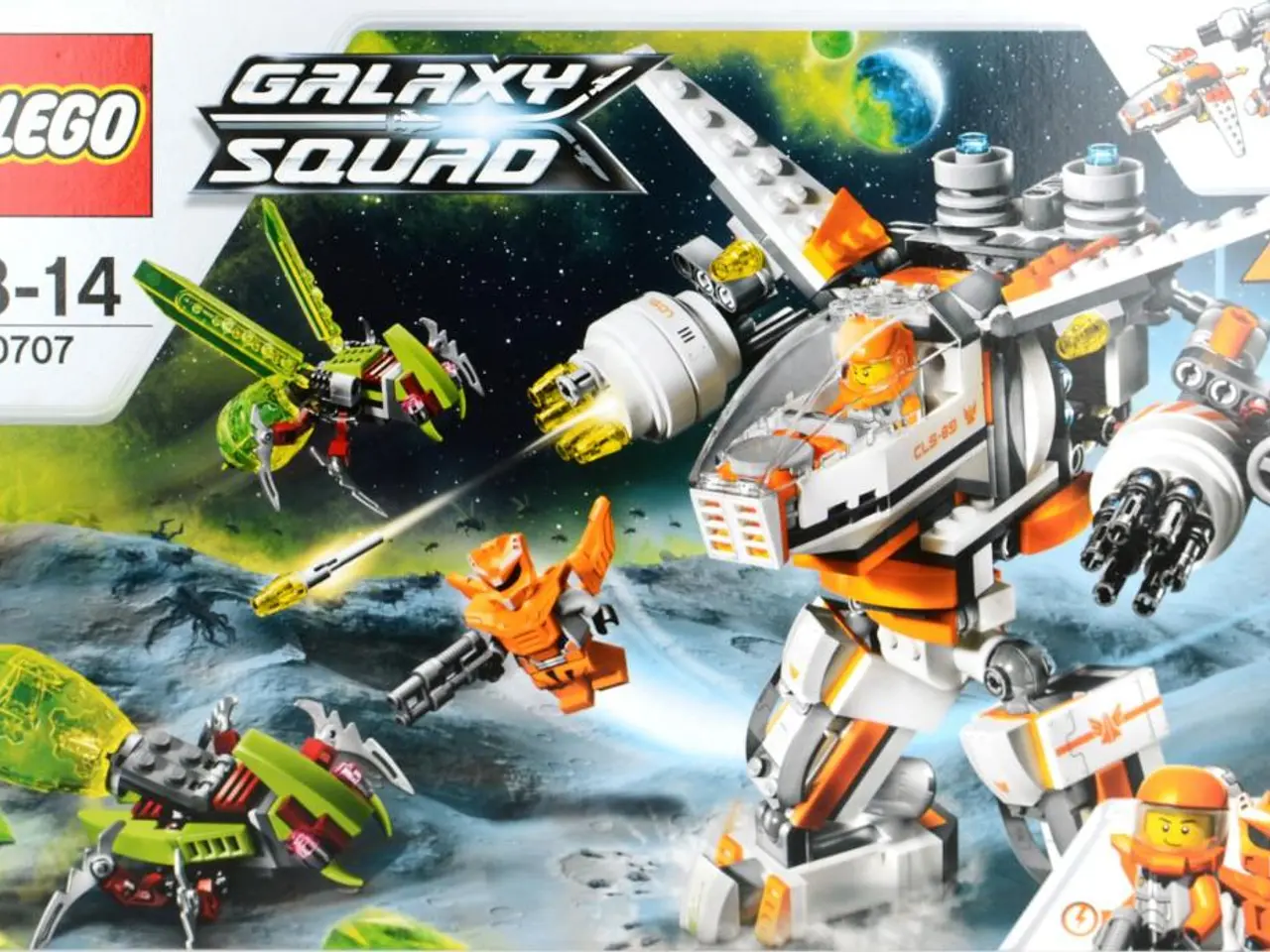Tesla broadens the application of FSD (Full Self-Driving) Unsupervised technology to Giga Berlin factory
Tesla is making significant strides in its Full Self-Driving (FSD) technology, as the company deploys its FSD Unsupervised system in its Giga Berlin factory, making it the third factory to adopt this innovative technology.
The FSD Unsupervised system, which uses a vision-based neural network trained on real-world driving data, is now moving newly built Model Y SUVs autonomously from the end of the production line to the outbound logistics lot without human intervention. This controlled yet unpredictable environment provides an excellent opportunity to test and perfect the software ahead of real-world use on public roads.
Tesla has expanded its FSD Unsupervised technology by developing a new FSD model with approximately ten times more AI parameters than previous versions. This upgrade aims to enable fully driverless operation (SAE Level 5 autonomy) in select cities by 2025.
The update involves major improvements, including enhanced real-time video compression, improved handling of complex urban environments, better responsiveness, reduced driver warning triggers, and optimized control to minimize human interventions. The approach relies solely on visible light camera data and neural networks trained on massive amounts of data from Tesla’s global fleet, avoiding the use of lidar.
Elon Musk has announced a goal for "unsupervised driving" by mid-2025 in certain U.S. cities, starting with Austin, with internal releases anticipated as soon as August 2025. Tesla vehicles at Giga Berlin, Giga Texas, and Fremont factory are already navigating factory grounds autonomously, including traffic, pedestrians, and moving equipment, without human input.
In terms of deployment, Tesla has adopted a staged rollout strategy for this new FSD model. Internal testing with Tesla’s own validation vehicles has already begun. The update will then be released to employees and early-access testers, followed by deployment to influencers, and finally, a broad customer release once stability and safety are confirmed.
This evolving strategy reflects Tesla's unique approach to autonomy, leveraging vast real-world driving data and continuous software refinement to push the boundaries of FSD technology toward fully unsupervised operation.
In Austin, Texas, The Boring Company constructed a tunnel passage for Tesla's FSD Unsupervised system, while at Giga Texas, newly built Model Ys are traversing a 1.4-mile route, and Cybertrucks are taking a shorter yet more complex path that includes a steep 17% grade and tunnel passage.
Tesla is also preparing to launch a paid robotaxi network in Austin in the coming weeks. The company offers a referral link for new buyers to get three months of Full Self-Driving (FSD) if they enjoy Tesla's content and it helped in their decision.
This expansion of Tesla's autonomous technology across global operations marks another milestone in the company's pursuit of fully autonomous vehicles.
Technology plays a pivotal role in Tesla's Full Self-Driving (FSD) advancements, as the FSD Unsupervised system, which is based on a vision-based neural network, moves newly built Model Y SUVs autonomously in Tesla's factories.
Tesla's aim is to upgrade its FSD technology to achieve fully driverless operation (SAE Level 5 autonomy) in select cities by 2025, and technology advancements such as enhanced real-time video compression and improved handling of complex urban environments are crucial to this objective.




